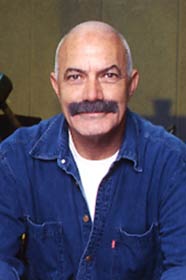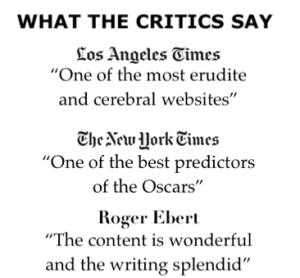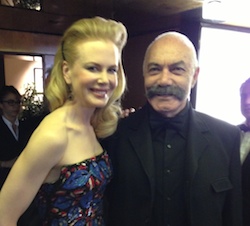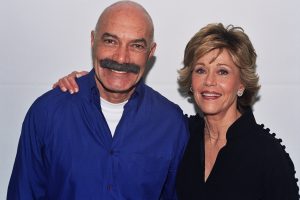The highly-anticipated final installment of The Twilight Saga: Breaking Dawn—Part 2, is without a doubt, the most eventful, most engaging film in a series that up until now was largely mediocre or disappointing from an artistic standpoint.
It’s as if director Bill Condon, who also helmed “Breaking Dawn—Part 1,” has made a conscious choice to keep the good elements for the very last segment, giving the global fans what they expect and dserve: a grand, rousing finale.
Based on Stephenie Meyer’s bestselling book series, all the films, good or bad, have been an unprecedented cultural phenomenon with a dedicated global fan base eagerly awaiting each installment. Concluding the tale of love, family, courage, empowerment, and destiny on a high note “Breaking Dawn–Part 2” stands to break box-office records for Summit Entertainment.
It does help that, narratively, “Breaking Dawn—Part 2” has the strongest plot, which illuminates and resolves the various secrets and diverse mysteries of the romantic epic that has entranced millions of teenagers, especially females, all over the world.
I am not spoiling the fun by revealing the following ingredients. In “Breaking Dawn–Part 2,” Bella (Kristen Stewart) awakens fully transformed, having accepted her roles as a responsible mother, and, more importantly, as a full-fledged vampire.
Longing for this development to happen, her loving husband Edward (Robert Pattinson) delights even more in her stunning beauty and uncommon self-control. For her part, the newborn Bella has never felt more alive and more committed.
There’s also good news (sort of) for Bella’s best friend, Jacob Black (Taylor Lautner), whose destiny has become unpredictably entwined with that of their exceptional daughter, Renesmee (Mackenzie Foy).
Things kick into a highly dramatic and tense situation with the arrival of an outsider, a rare creature with the ability to cement an extended family, but also with the potential to ignite and unleash forces that threaten to destroy all of the members (For obvious reasons, no more can be told on this particular aspect).
I have seen all of the Twilight chapters (and I am not sure I would like to revisit them that soon), but if memory serves, the final episode contains more of everything: struggle and conflict, romance and passion, mystery and action.
Twilight, The Twilight Saga: New Moon, The Twilight Saga: Eclipse, and The Twilight Saga: Breaking Dawn–Part 1, had each included some of the above elements, but it’s the way that they are combined, presented, and even acted here that elevates “Breaking Dawn—Part 2″ way above the norm of the series thus far.
Thematically, the first film was about new, young love, the second about heartbreaking loss, the third about difficult choice, the fourth about the challenges of marriage, and the fifth and last film is about protecting the nuclear (and extended) family.
In “Breaking Dawn–Part 2,” each of the three main characters, Bella, Edward, and Jacob, needs to come to terms with the reality of Bella’s new identity, personality, and lifestyle as a vampire. It’s not an easy adjustment, to say the least, but it allows for interesting dramatic situations and dilemmas.
Shrewdly, the new movie begins at the exact moment that the last one ends. Bill Condon, who shot this film concurrently with “Breaking Dawn–Part 1,” opens his saga with a main title sequence that is scored to an overture of musical themes from each of the former movies. Since each of the composers is represented here, it gets you as a viewer right back into the mood of the first “Twilight” movie. (It also allows you to detect nuances in the varied music scores).
The tale then intercuts to Bella’s transformation, while the venom is going through her body. The frame is impressive in being abstract and surreal, as we observe how Bella opens her eyes as she adjusts to a new way of seeing—and living. Vision in this film functions in both literal and figurative ways.
At this point in the series, Bella’s father, Charlie, is basically the only human character left; he stnds out as all the others are magical creatures now.
Though it’s based on the same novel, “Part 2” differs from “Part 1” in narrative, visual style, tone and mood, thus representing a different kind of filmic experience, both emotionally and intellectually.
For the record
In the four years since “Twilight” first opened in theatres, in November of 2008, the subsequent novels have each been a number one bestseller and each successive film has opened to a blockbuster reception, in the U.S. and abroad. The four films of “The Twilight Saga” to date have grossed over $1 billion in domestic box office, and tickets sales worldwide have surpassed $2.5 billion.
Over 30 million DVD/Blu-ray units have been sold in the U.S. alone. Taking advantage of the new media, the Twitter handle for the film saga–@Twilight–is the first-ever movie account to reach 1 million followers.










